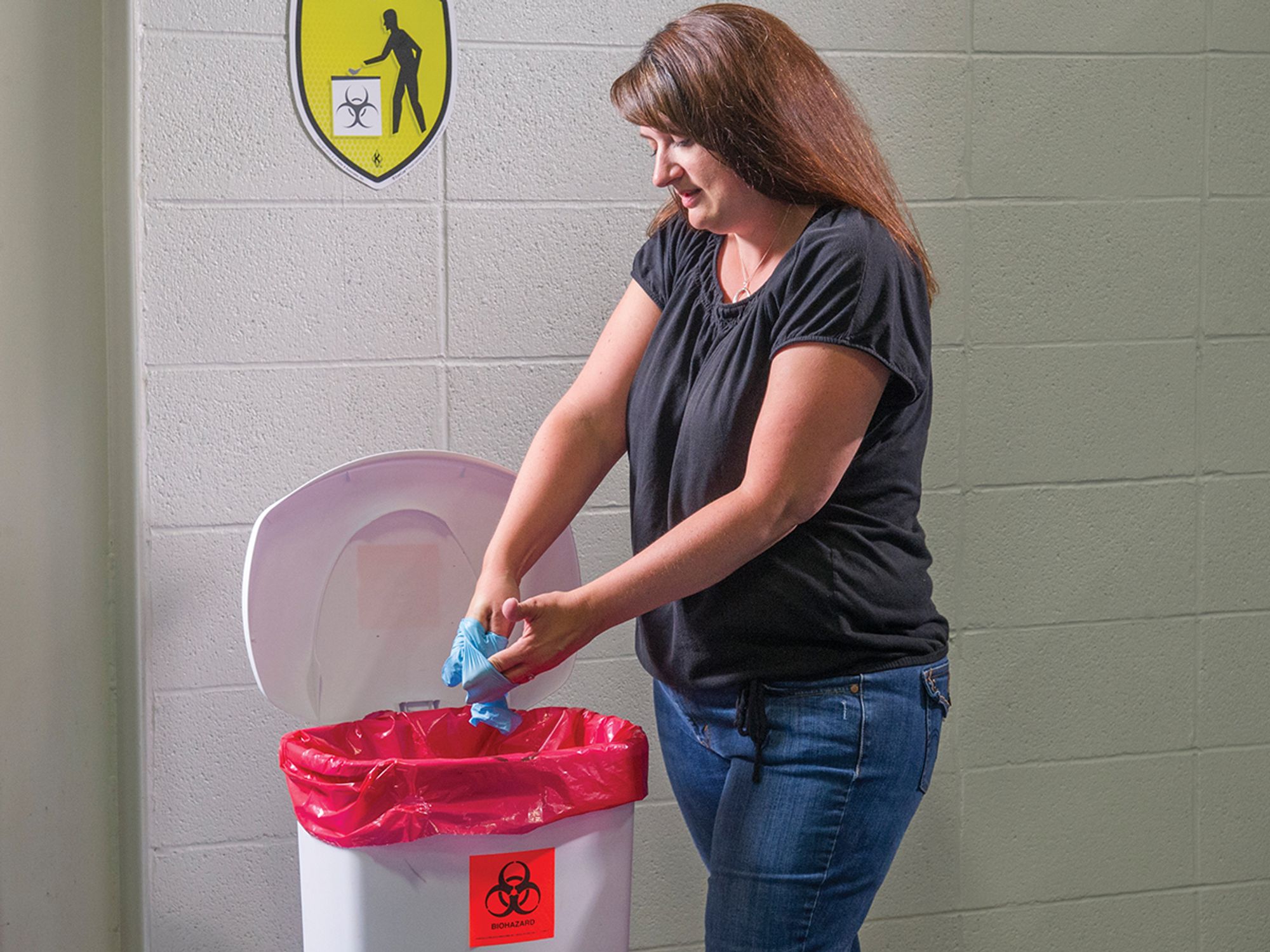Infectious diseases

Workers in a variety of industries, particularly those in healthcare, may be occupationally exposed to infectious diseases on the job. Some hazards, like influenza, are present in most every industry, while others are mainly present in healthcare operations. Currently, the Occupational Safety and Health Administration (OSHA) does not have a comprehensive standard for infectious diseases, but the agency does have laws, standards, and enforcement documents that offer some worker protections against transmission of infectious agents.
The General Duty Clause (Section 5(a)(1) of the Occupational Safety and Health Act) calls for a safe and healthful workplace. Existing OSHA standards cover personal protective equipment, sanitation, signs and tags, bloodborne pathogens, employee exposure/medical recordkeeping, and injury/illness recordkeeping and reporting. OSHA officers may also refer, for example, to the Inspection Guidance for Inpatient Healthcare Settings memo and the Enforcement Procedures and Scheduling for Occupational Exposure to Tuberculosis directive.
